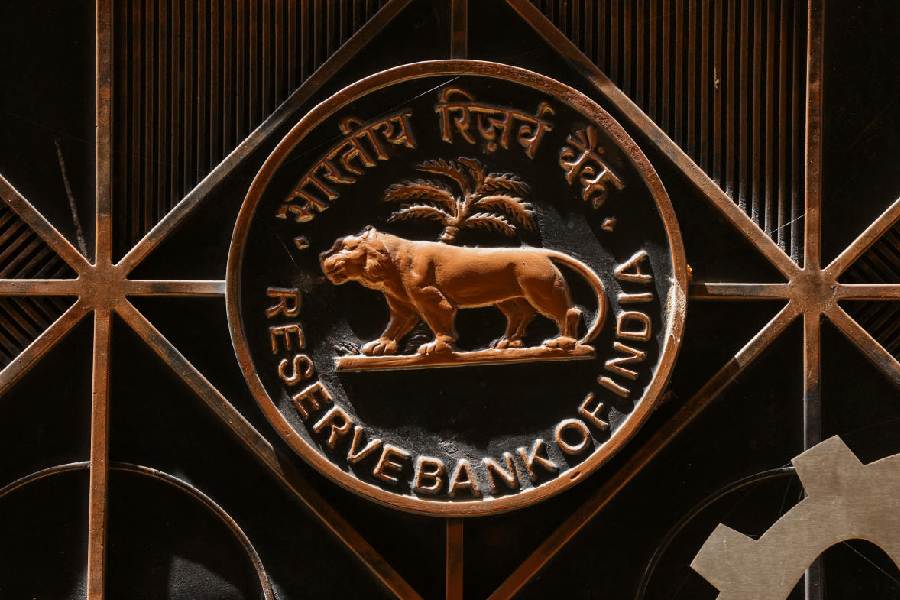After the state poll results, the focus has turned to the monetary policy committee (MPC) meeting of the RBI which begins this Wednesday.
Economists as well as the market watchers are unanimous in their expectations of a
status quo in repo rates at 6.50 per cent amid moderating inflation.
Consequently, there will be no changes in floating-rate home loans and other advances which are linked to an external rate such as the repo rate.
Both the equity and bond markets will try to dissect the MPC’s tone on the interest rate trajectory in the future.
The markets will also watch out for the growth targets of the fiscal, especially after the second quarter GDP growth rate beat expectations.
Economists feel the inflation projection for the fiscal is unlikely to be changed. Retail inflation had declined to 4.87 per cent in October from 5.02 per cent in the preceding month and is expected to stay well below the upper threshold of 6 per cent amid soft crude oil prices.
“Growth surprised on the higher side at 7.6 per cent in the second quarter after another robust reading of 7.8 per cent in the first quarter. On the other hand, headline CPI inflation has now come down from the peak of 7.4 per cent in July to a sub-5 per cent level in the last month. In terms of our projections, as also the RBI’s, the central target of 4 per cent for headline CPI inflation is likely to be still elusive,’’ Indranil Pan, chief economist at Yes Bank, said.
Pan added that with food being a large predominant component of India’s CPI, it has always proved difficult for the RBI to see through food price shocks.
Further, as has been aired by the RBI previously, the full pass-through of the 250 basis points repo increase is yet to happen.
“Effectively, it is premature for the RBI to even start thinking of turning the cycle around. While pinpointing the timing of any rate change by RBI is difficult, it is safe to say that RBI will likely maintain a restrictive monetary policy for an extended period of nearly 6-9 months,’’ he said.











